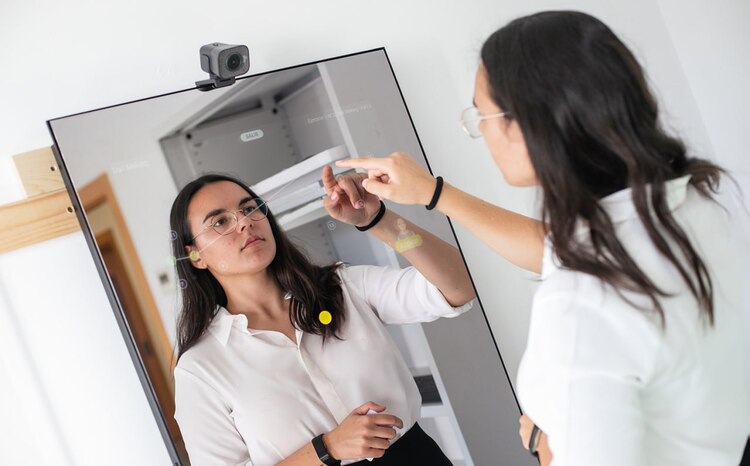Guy’s and St Thomas’ chief calls for flexibility in NPfIT
- 2 March 2006
The case for introducing more flexibility into the National Programme for IT was set out this week by the chief executive of one of England’s largest NHS foundation trusts.
Sir Jonathan Michael, chief executive of the Guy’s and St Thomas’ NHS Foundation Trust, said that the need for the national programme was as great as ever but that solutions were needed sooner rather than later.
“Our view is that it would be helpful to have a more flexible approach by Connecting for Health,” he told a symposium organised by City University, City livery companies and the UK Health Informatics Society.
Sir Jonathan, who had a distinguished medical career before entering healthcare management, made his case by taking the example of cancer services and comparing his trust’s needs with IT developments on offer.
He said the trust needed: flexible communication links; tailored access (booking and referral facilities for a range of care and treatment); functionality to support care across sites and specialties; clinical and non-clinical risk management and functionality to run the business side of care.
Sir Jonathan’s analysis showed gaps in solutions to meet those needs or their timely availability. He said the focus was on ‘point to centre’, rather than ‘point to point’ communications; tailored access was being provided by local solutions and support for care across pathways would not be available until some time after the 18 week wait target for treatment becomes mandatory. Specialist decision support was not scheduled for cancer until after 2010, though he understood an exception might be made for chemotherapy.
He listed the constraints the trust felt under the national IT programme as:
- All previous investments become legacy;
- Software has to be developed by a small group of providers even when the marketplace already has solutions;
- An assumption that one size (one instance) fits all;
- Flexibility is designed out of the solutions and out of the implementation programme.
Sir Jonathan said: “Connecting for Health is evolving. It is in the process of a refresh of its view and its approach. It is listening and it is evolving.”
He suggested flexibility might be introduced by looking at whether software could be used from diverse suppliers and by the selective inclusion of legacy suppliers.
Asked whether it was possible to change approach in mid-stream, Sir Jonathan said: “I believe some of the providers for Connecting for Health are recognising the need for a greater degree of flexibility and there may be opportunities within the framework that exists to have some flexibility.”
He cited the example of Guy’s and St Thomas’ taking an out-of-cluster picture archiving and communication system.
CfH GP clinical lead, Professor Mike Pringle expressed an understanding of Sir Jonathan’s case but he argued passionately that in the NHS “most of the IT isn’t working for patients.” He warned that people were being harmed and mistakes were made because the right information was not available when it was needed.
While local GPs had good electronic records, information in those records could not currently be transferred electronically if patients moved.
“Go to Barnsley and you will have no records. See a GP out of your area and they have no records for you. Even at night they have no records,” he said.
The care record was central to changing this, Professor Pringle predicted: “If there was one part [of the national programme] that was going to save patients’ lives, it’s going to be the care record.”




